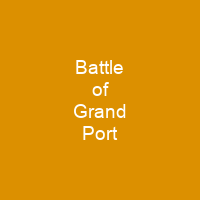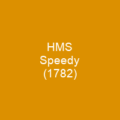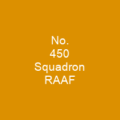Unraveling the Battle of Grand Port: A Naval Epic
The Battle of Grand Port, fought on August 20-27, 1810, between British and French frigates over possession of the harbour of Grand Port on Île de France (now Mauritius), was a pivotal moment in naval history. This battle is often considered one of the worst suffered by the Royal Navy during the Napoleonic Wars.
Setting the Stage
The British sought to blockade the port, but they were outgunned and trapped in the bay’s narrow channels. The French squadron under Captain Guy-Victor Duperré emerged victorious, capturing or setting on fire four of the British ships. This defeat was a significant blow to the Royal Navy’s reputation.
The Arrival of Reinforcements
Even before Île Bourbon was fully in British hands, HMS Sirius detached and led a raid on a coastal vessel off Île de France. The next day, reinforcements including frigates HMS Iphigenia and HMS Nereide arrived with infantrymen and artillerymen to storm Île de la Passe, a heavily fortified islet that protected the entrance to Grand Port.
Willoughby’s Independent Operation
Captain Nesbit Willoughby led the troops on Nereide in an attack on Île de la Passe but was not authorized to command the operation by Captain Samuel Pym. Despite this, his independent position allowed him to raid the coastline, landing at Pointe du Diable and storming a fort, distributing propaganda pamphlets and causing French counterattacks.
The Ambush Plan
Willoughby’s ambush plan was ruined due to a false French flag igniting and causing an explosion at the fort. This incident left the fort out of action, and Néréide alone and unable to block French entry. The scattered British boats sought to rejoin Nereide but were in danger of being run down by the French ships.
British Successes and Failures
Despite these challenges, all eventually rejoined safely. French losses were more severe than British losses. Willoughby used mortars on Île de la Passe to shell the French squadron, forcing Duperré to retreat into Grand Port. However, his efforts did not prevent a series of groundings and battles that would ultimately lead to the British defeat.
The Final Stand
On August 25, the newly erected French gun battery opened fire on Sirius and Iphigenia, which returned fire. Pym removed all personnel and supplies from Sirius and set the frigate on fire using a cannon as an anchor. The remaining munitions exploded at 11:00 am.
Conclusion of the Battle
Duperré sent an official boarding party aboard Néréide, who retrieved 75 corpses. When news of Duperré’s squadron reached Decaen, he despatched couriers to Grand Port and ordered Hamelin’s squadron to support him. The British forces at Grand Port were forced to surrender due to low supplies and outnumbered French reinforcements.
How could such a well-planned operation end in disaster? The Battle of Grand Port serves as a stark reminder of the unpredictable nature of naval warfare, where even the best-laid plans can be thwarted by unexpected events. This battle is commemorated as a significant defeat for the Royal Navy during the Napoleonic Wars and is noted in several literary works.

You want to know more about Battle of Grand Port?
This page is based on the article Battle of Grand Port published in Wikipedia (retrieved on November 28, 2024) and was automatically summarized using artificial intelligence.







